Plants can be beautiful, but some are far more dangerous than they appear. While many plants are harmless or even beneficial, some contain toxins that can cause severe illness or even death. Here’s a list of 18 of the deadliest plants on Earth. Whether you’re hiking in the wilderness or gardening at home, knowing about these plants can help you stay safe.
Oleander
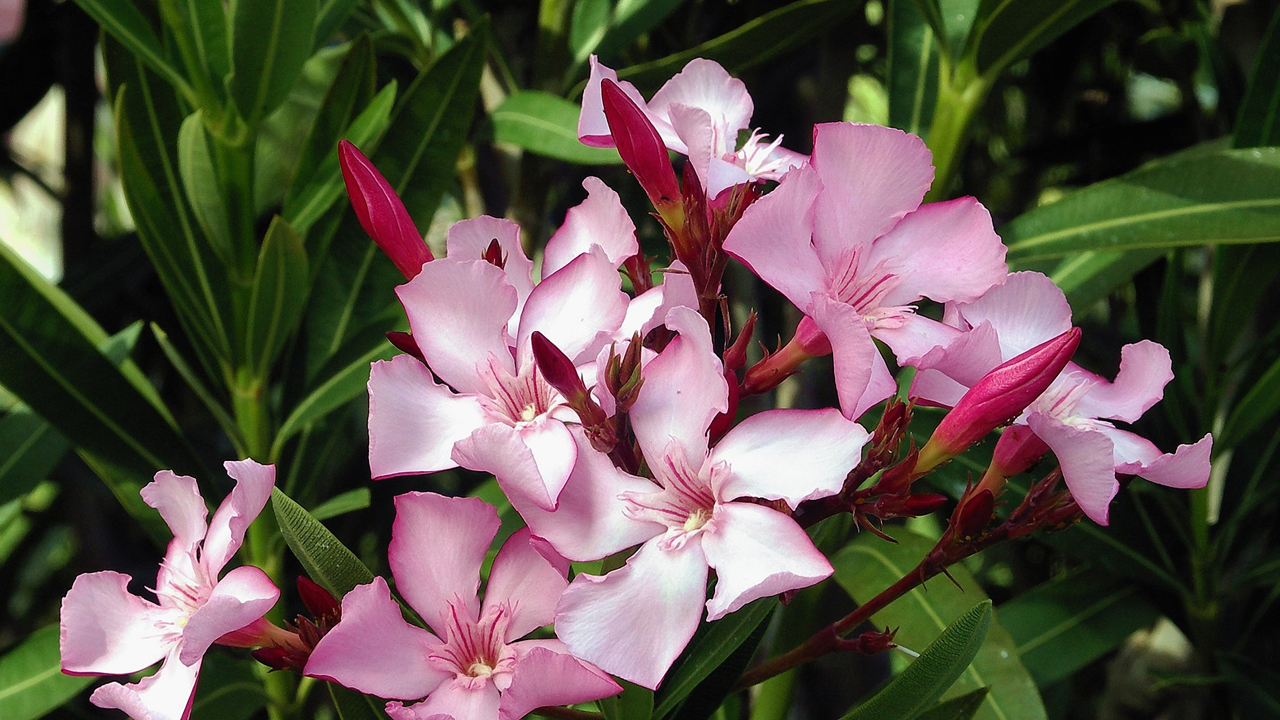
Oleander is a beautiful flowering shrub that is highly toxic. All parts of the plant, including its flowers, leaves, and stems, contain compounds that can cause severe heart problems, gastrointestinal issues, and even death if ingested.
Deadly Nightshade
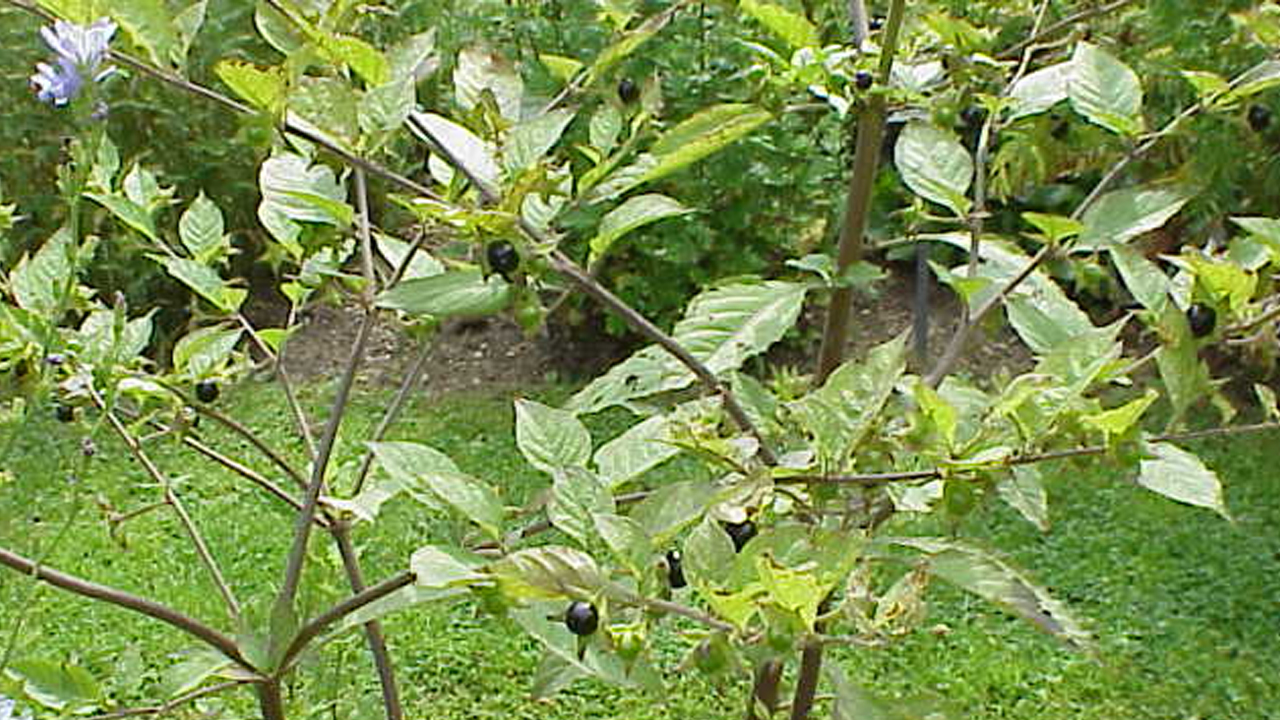
Also known as belladonna, deadly nightshade has attractive berries that are extremely toxic. Just a few berries can be lethal to humans, causing symptoms such as dilated pupils, sensitivity to light, blurred vision, and hallucinations.
Castor Bean Plant
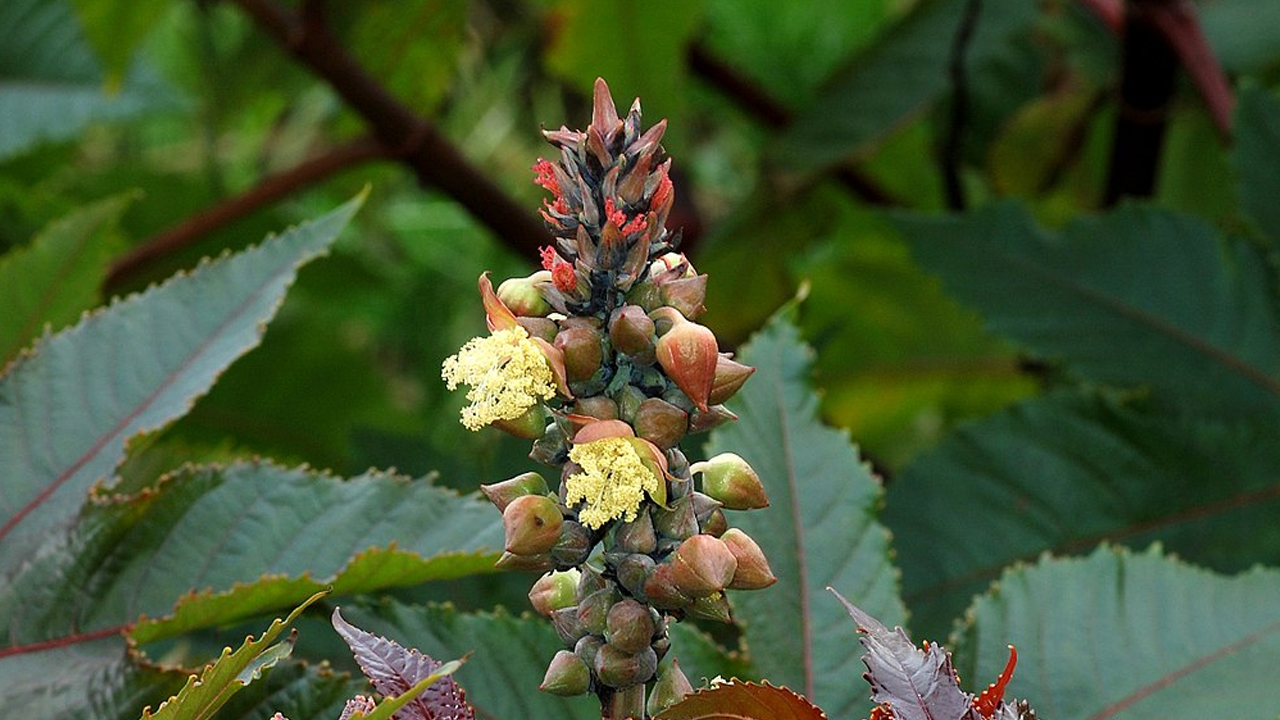
The castor bean plant produces seeds that contain ricin, a potent toxin. Even a small amount of ricin can cause severe abdominal pain, vomiting, diarrhea, and potentially fatal organ damage.
Water Hemlock
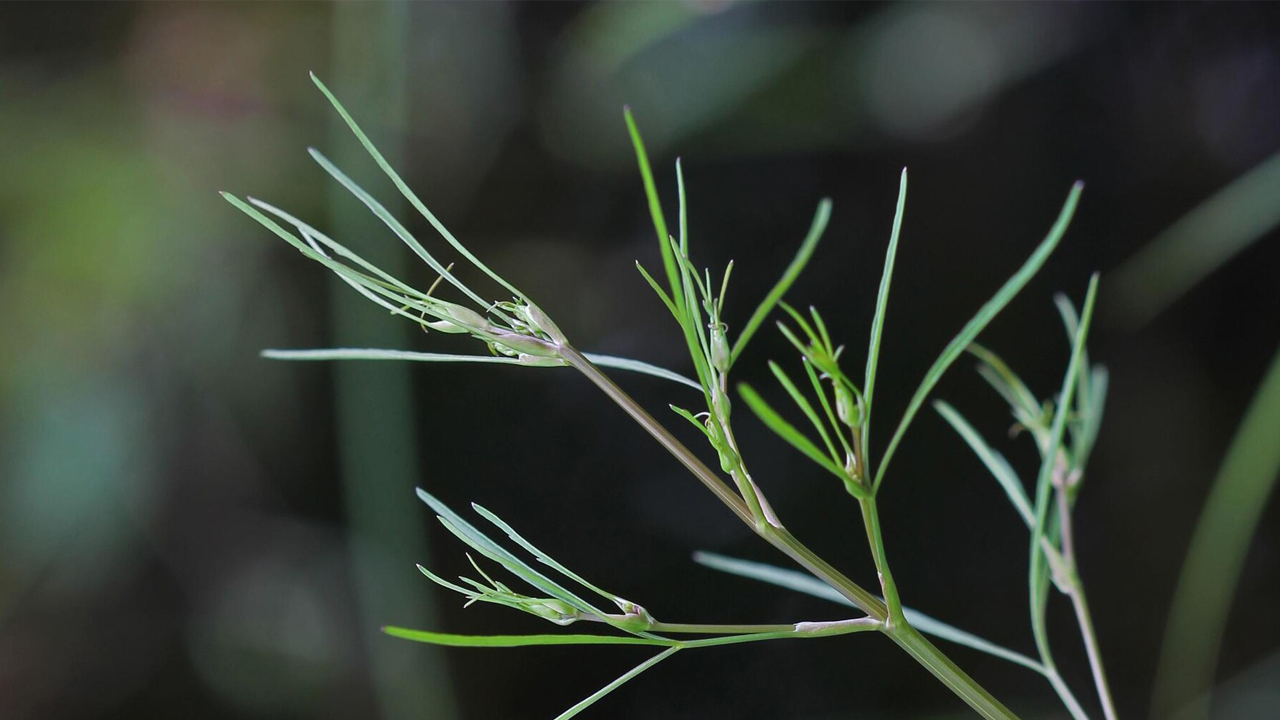
Water hemlock is considered one of North America’s most toxic plants. Its roots contain cicutoxin, which can cause seizures, respiratory failure, and death within hours of ingestion.
Mountain Laurel
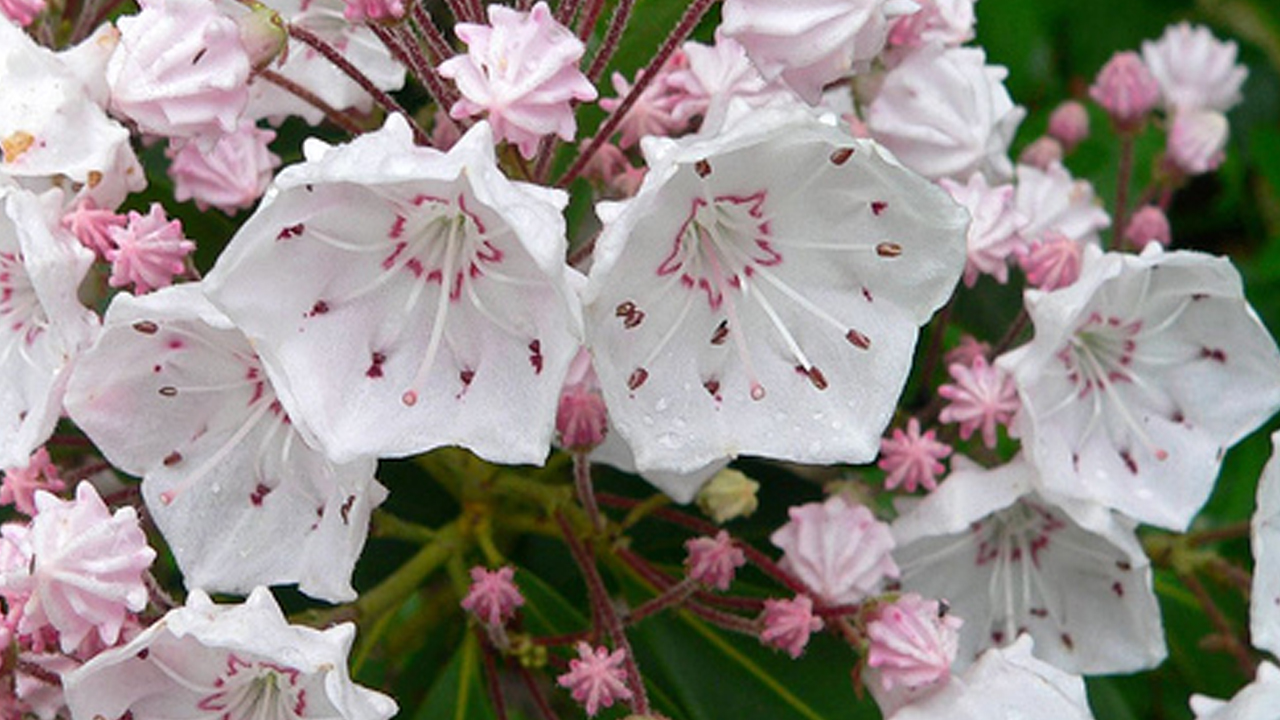
Mountain Laurel (Kalmia latifolia) is a beautiful, evergreen shrub native to the eastern United States, known for its stunning clusters of pink and white flowers. However, all parts of the plant are highly toxic to humans and animals if ingested, causing symptoms such as nausea, vomiting, and in severe cases, heart failure
Aconite
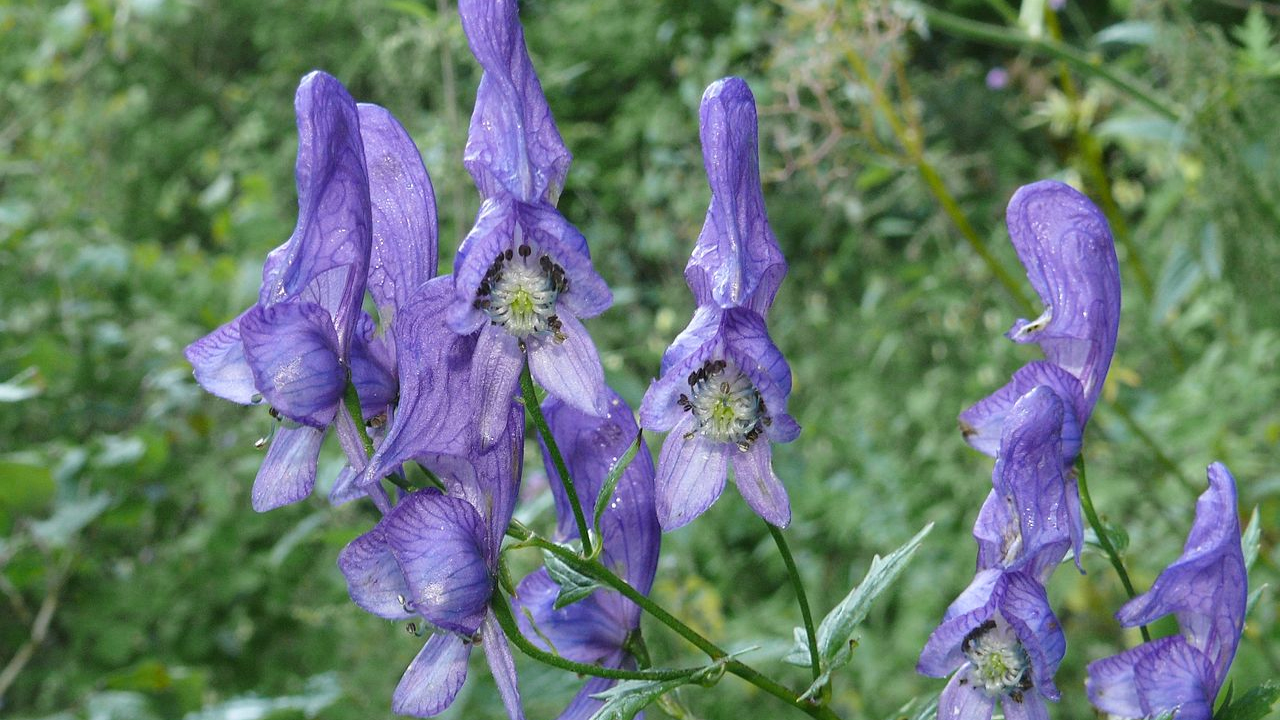
Aconite, also known as monkshood or wolfsbane, has roots and leaves that are highly toxic. Ingesting aconite can lead to severe digestive upset, heart problems, and respiratory paralysis.
Jimsonweed
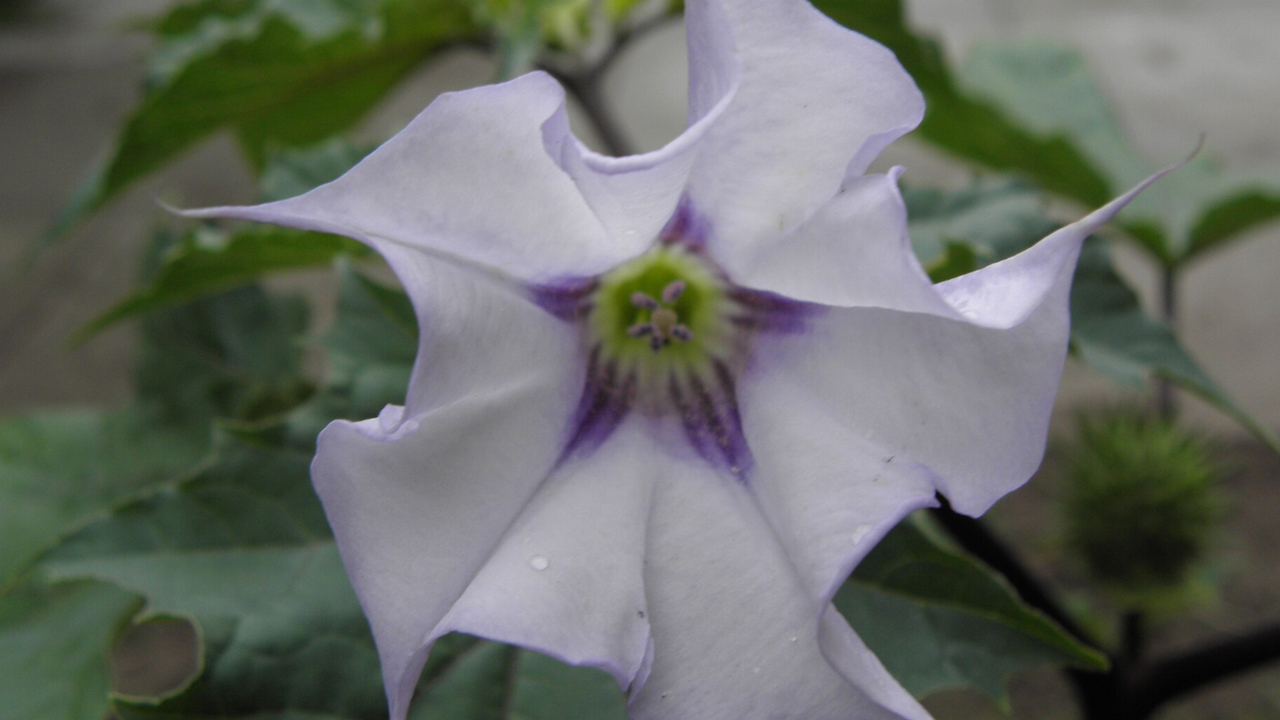
Jimsonweed contains tropane alkaloids that can cause hallucinations, delirium, and, in severe cases, death. All parts of the plant are toxic, with the seeds and leaves being particularly dangerous.
White Snakeroot
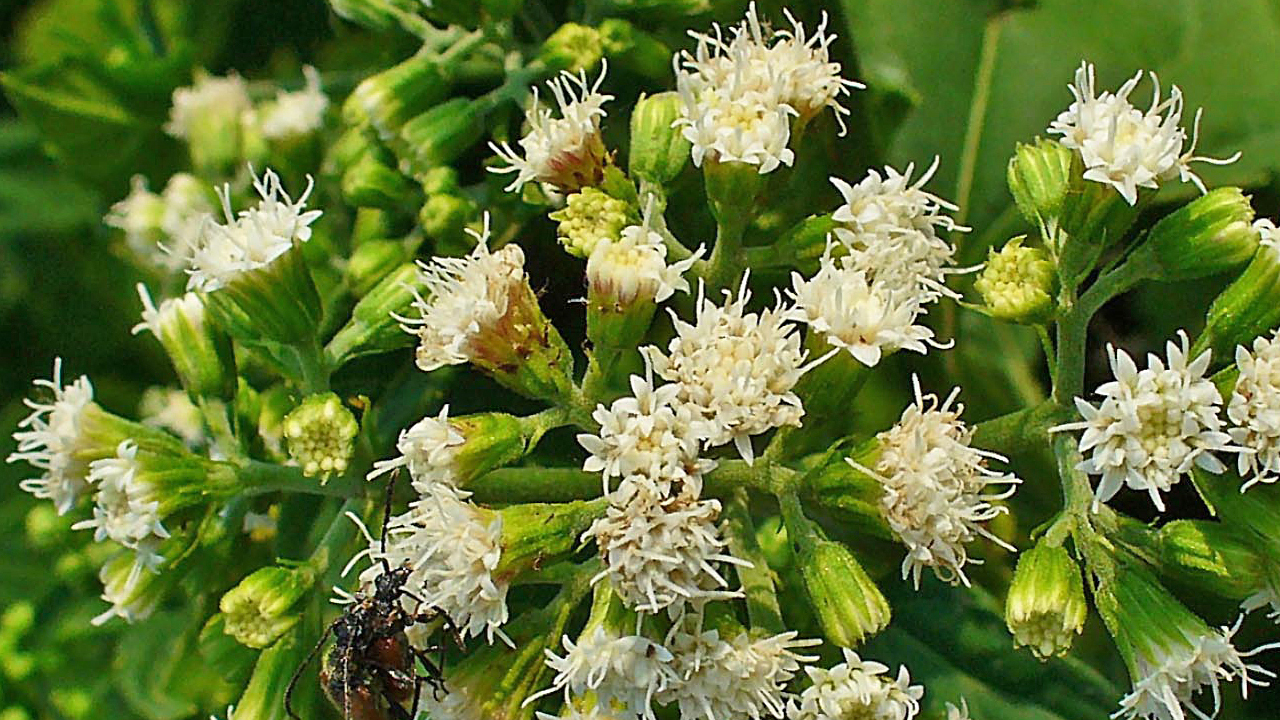
White snakeroot contains tremetol, a toxin that can cause severe illness in humans and livestock. Drinking milk from cows that have eaten white snakeroot can cause milk sickness, which was responsible for many deaths in the 19th century.
Angel’s Trumpet
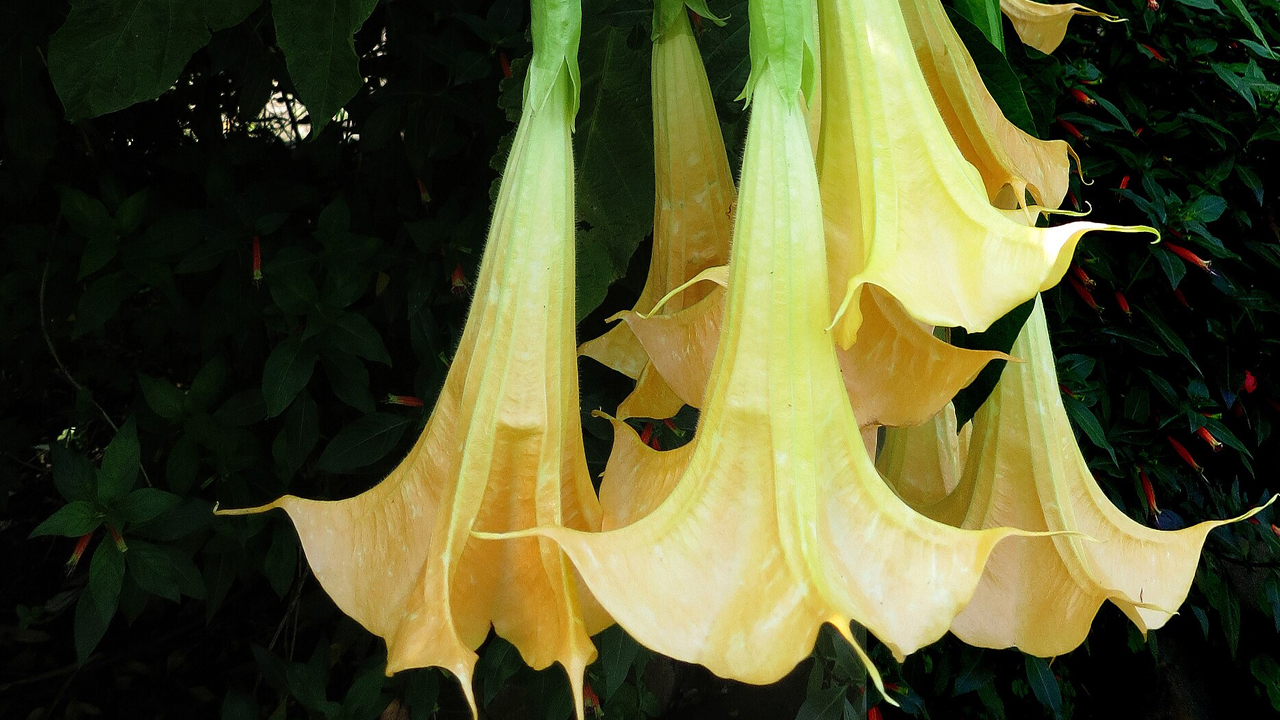
Angel’s trumpet contains dangerous levels of tropane alkaloids. Ingesting any part of this plant can cause hallucinations, paralysis, tachycardia, and death.
Poison Hemlock
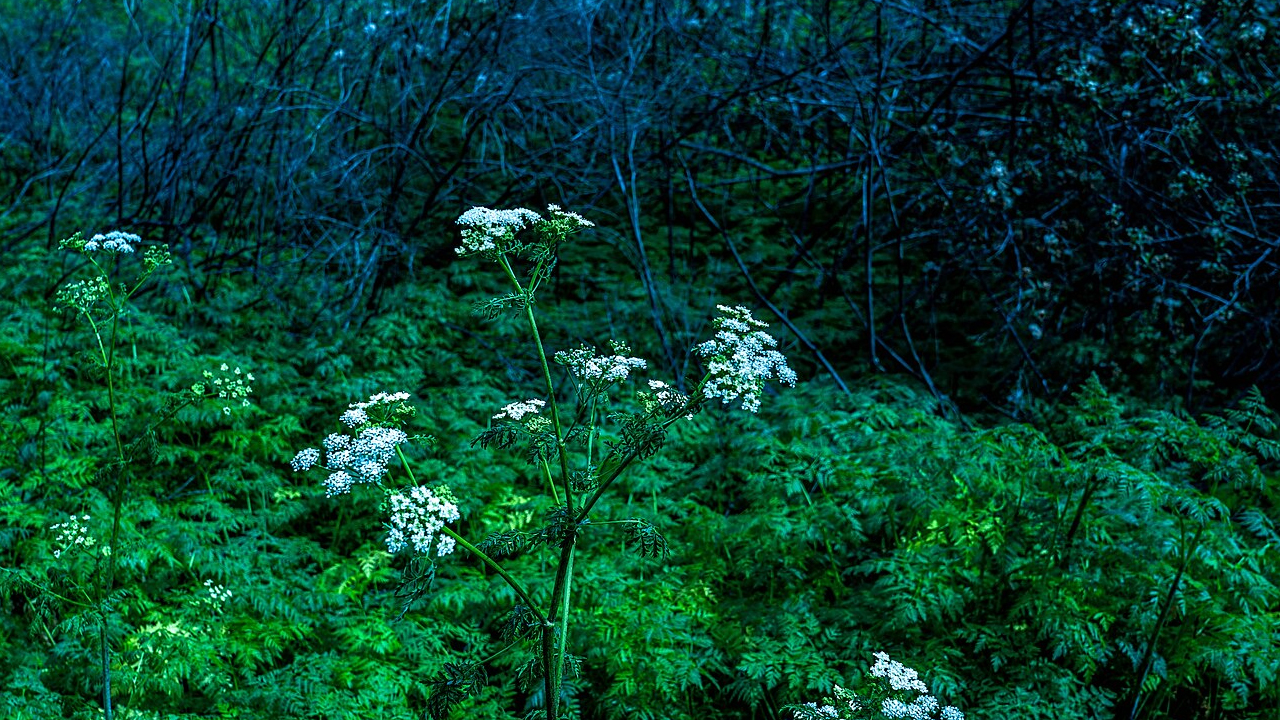
Poison hemlock, made famous by the death of Socrates, contains coniine, which affects the nervous system. Ingesting even a small amount can lead to respiratory collapse and death.
Foxglove
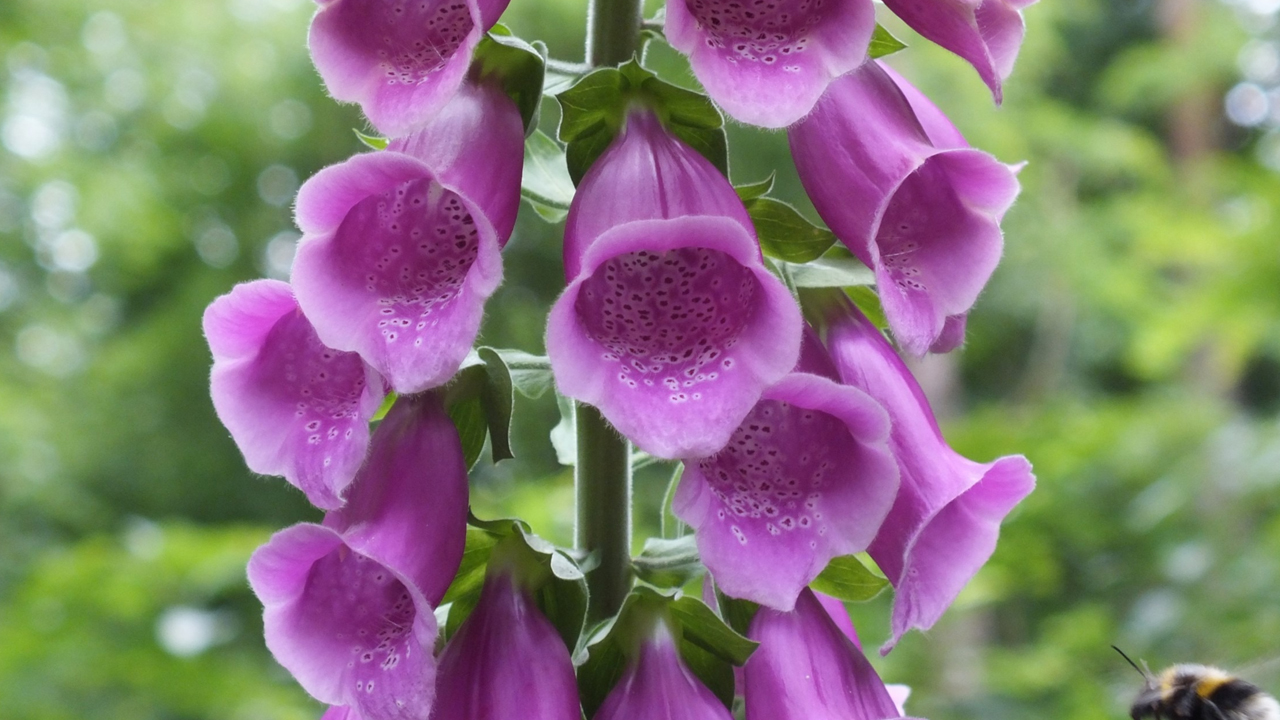
Foxglove is known for its beautiful bell-shaped flowers but contains digitalis, a compound that can cause severe heart problems. Ingesting parts of the plant can lead to nausea, vomiting, and potentially fatal heart arrhythmias.
Giant Hogweed
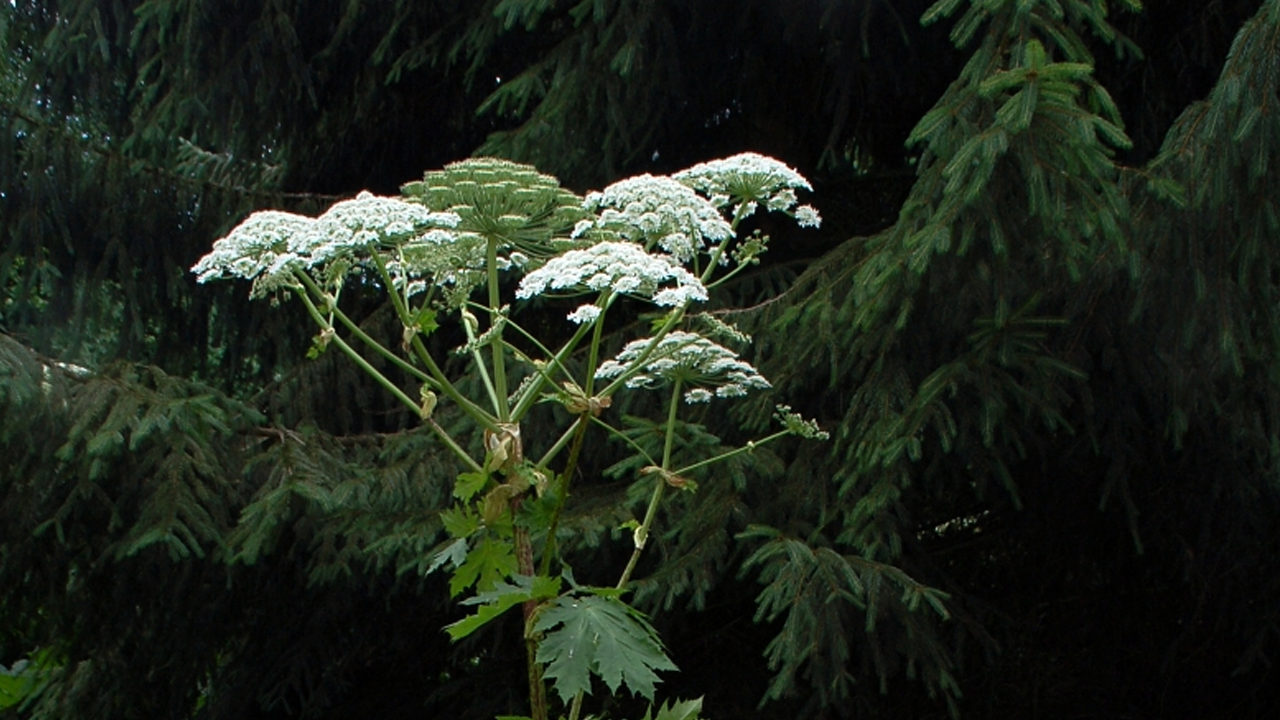
Giant hogweed’s sap contains furanocoumarins, which cause severe skin irritation and sensitivity to sunlight. Contact with the sap can lead to painful blisters and long-lasting scars.
English Yew
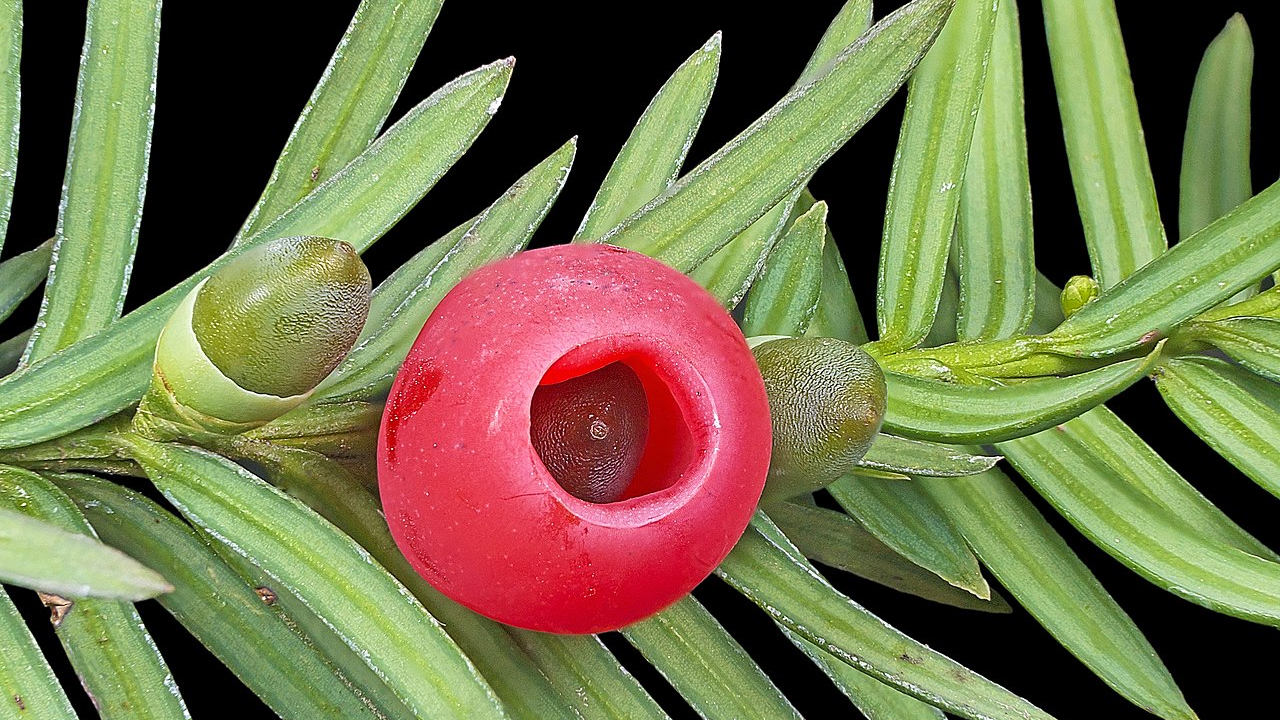
All parts of the English yew, except the arils (berries), contain toxic alkaloids that can cause dizziness, muscle tremors, difficulty breathing, and cardiac arrest if ingested.
Hemlock Water Dropwort
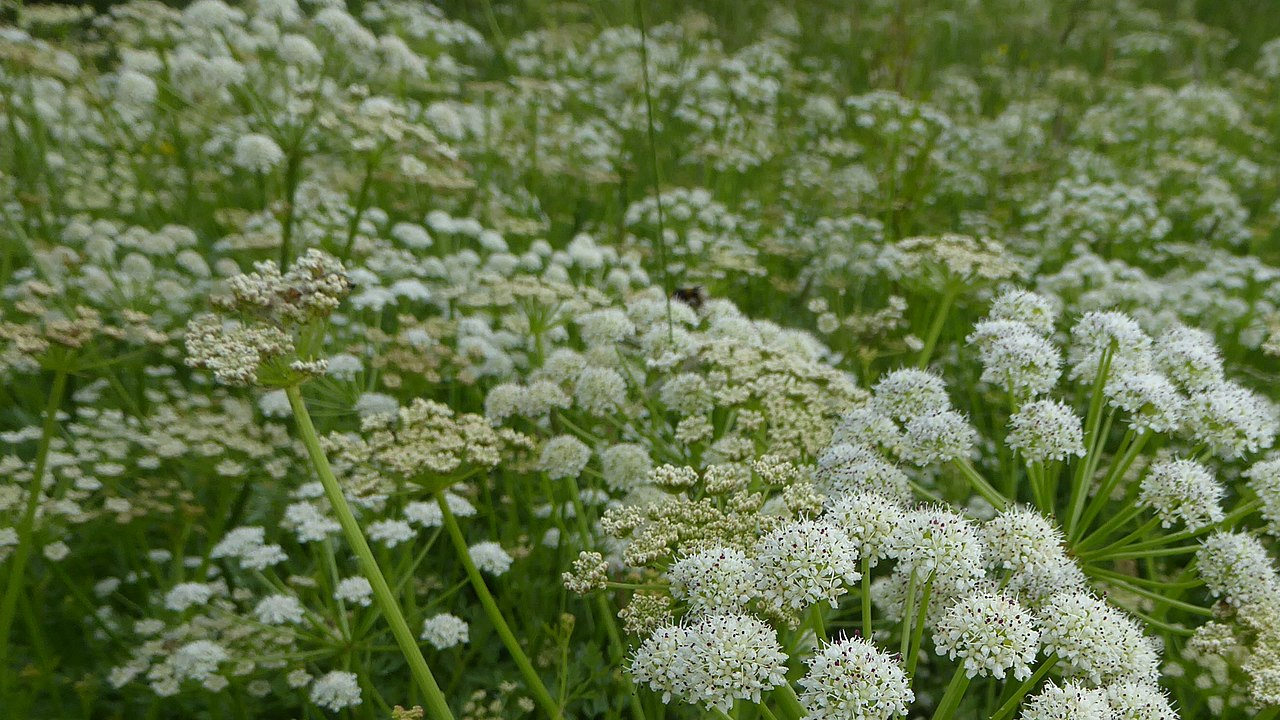
This plant contains oenanthotoxin, which can cause convulsions and death within hours. It’s considered highly toxic to both humans and animals.
Dumb Cane
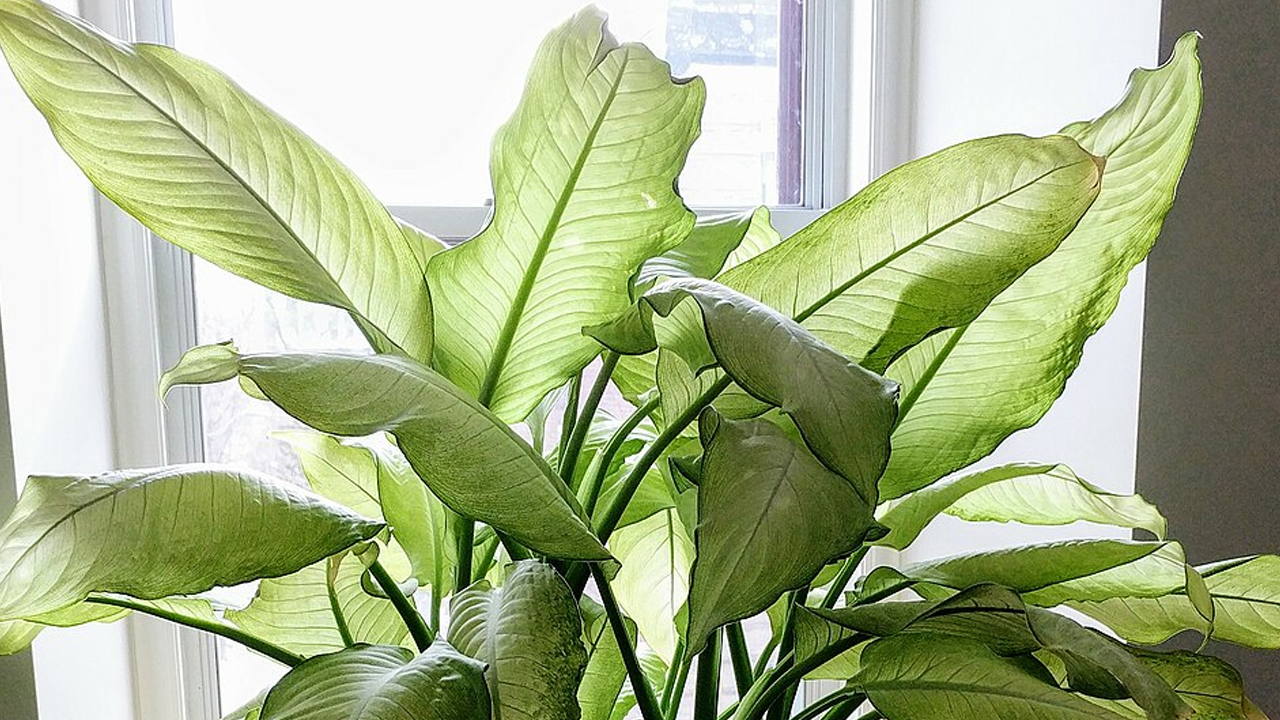
Dumb cane contains calcium oxalate crystals that can cause intense burning and swelling of the mouth and throat, making it difficult to speak or swallow.
Lantana

Lantana is a flowering plant known for its vibrant clusters of flowers, which can be toxic if ingested by humans or pets, causing symptoms such as vomiting and difficulty breathing. Despite its toxicity, it is often used in gardens for its attractive appearance and ability to attract butterflies and other pollinators.
Manchineel Tree
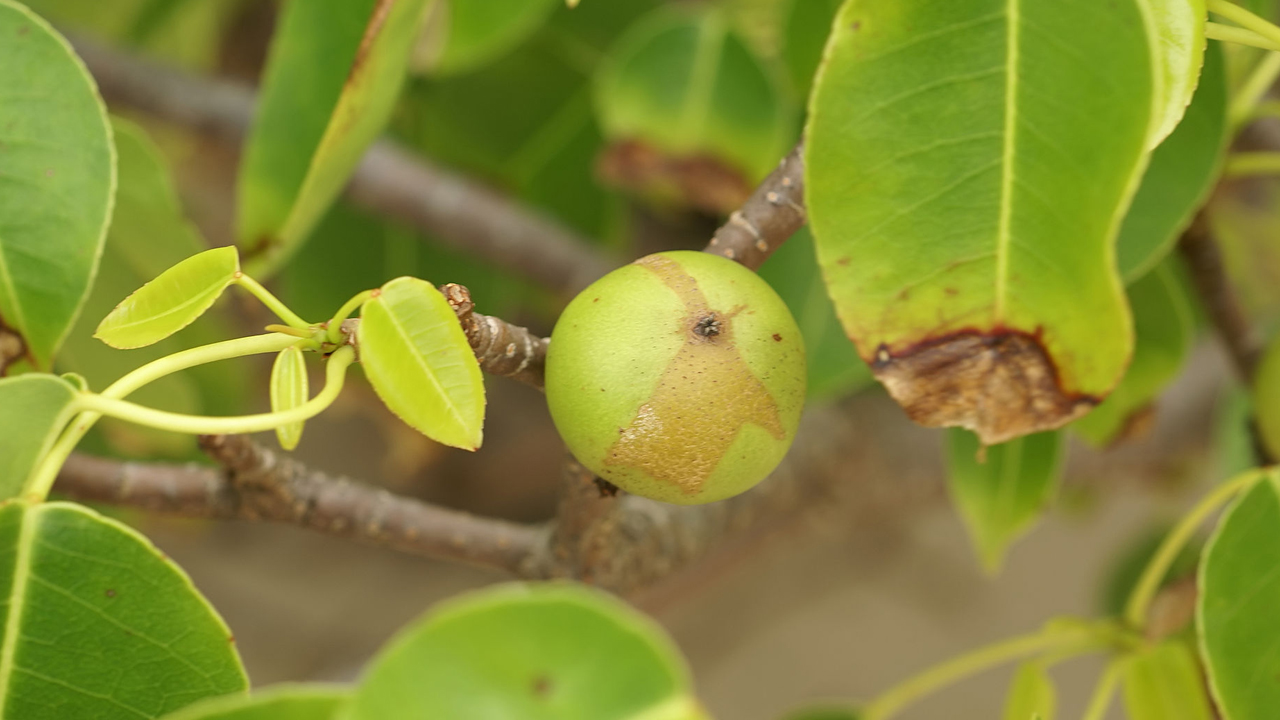
The manchineel tree, found in the Caribbean, is incredibly toxic. Its fruit, known as “little apples of death,” and its sap can cause severe burns, blindness, and death if ingested or touched.
Abrus Precatorius
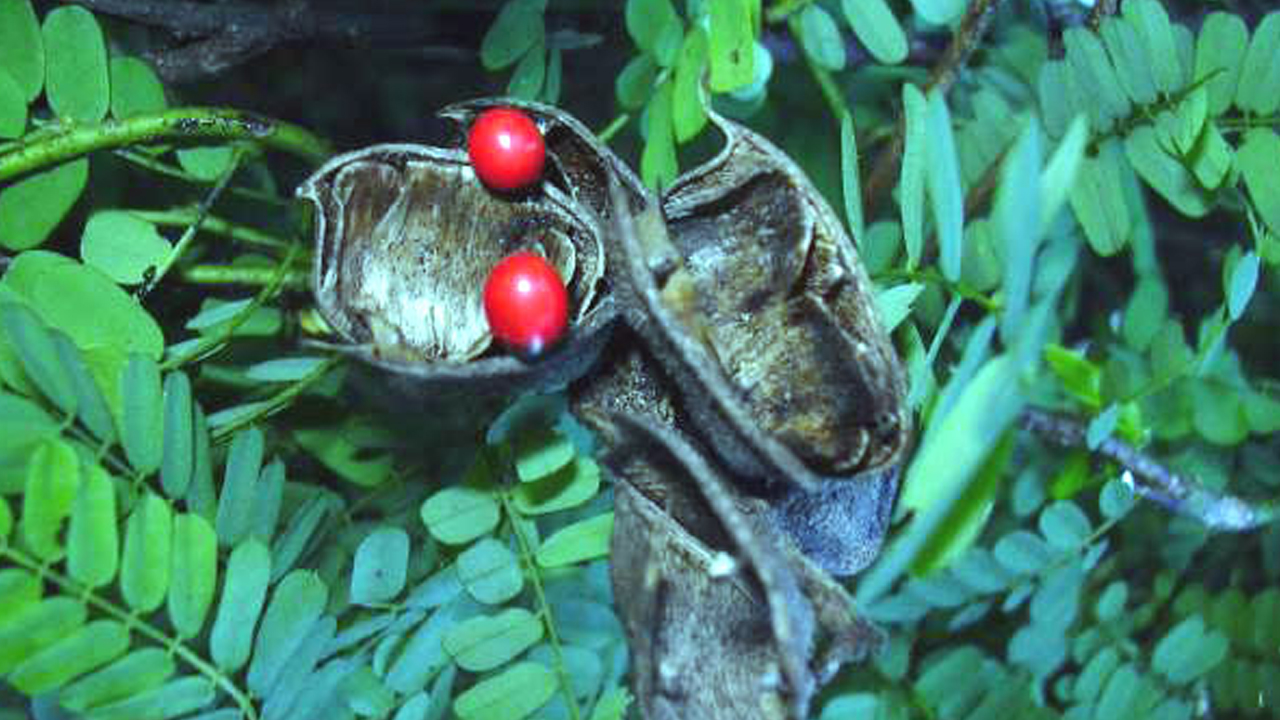
Also known as jequirity beans, this plant’s seeds contain abrin. Ingesting a single seed can be fatal, causing symptoms like nausea, vomiting, and severe abdominal pain.
Ellen has been obsessed with logic puzzles, jigsaws, and cryptograms since she was a kid. After learning she was taught how to play chess wrong by a family friend (so they could win), she joined her school chess club and the rest is history.

